Ⅰ. What is the contrast material?
Contrastive material is used to improve the contrast of the images produced by X-rays, computed tomography (CT), magnetic resonance (MR) imaging, and ultrasound, allowing radiologists to more accurately distinguish between normal and abnormal conditions.
Contrastive material is not a dye that permanently discolors internal organs. They are substances that temporarily change the way X-rays or other imaging tools interact with the body.
When introduced into the body prior to imaging examination, the contrastive material can make certain structures or tissues in the body look different on the image than they would without contrast agents. Contrastive material help distinguishes or "compare" selected areas of the body with the surrounding tissues. By improving the visibility of specific organs, blood vessels, or tissues, contrastive material can help doctors diagnose the lesion.
Ⅱ. How does the contrast material enter the human body?
Ways: oral administration; enema administration (rectal administration); injection into a blood vessel (venous or arterial; also called intravenous injection or intra-arterial injection). After imaging examination with contrastive material, the material is absorbed by the body or excreted in urine or the stool.
Ⅲ. How many types of contrast materials are there?
1. Iodine contrastive material and barium sulfate compounds are used for X-ray and computer tomography (CT) imaging inspections.
The chemical structure of the contrastive material may contain iodine, which is a naturally occurring chemical element. These contrastive materials can be injected into the fluid spaces of veins or arteries, intervertebral discs or spine, and other body cavities.
Barium sulfate is the most common oral contrastive material. It is also used in the rectum in many forms, including powder, mixed with water before administration; liquid; paste; tablet.
When iodine contrastive material and barium sulfate contrast media are present in specific areas of the body, they can block or restrict the ability of X-rays to pass. Therefore, blood vessels, organs, and other body tissues that temporarily contain iodine contrastive material or barium compounds will change their appearance on X-ray or CT images.
2. Gadolinium is the key component of the most commonly used contrastive material in magnetic resonance (MR) examination. When this substance is present in the body, it changes the magnetic properties of nearby water molecules, thereby improving the quality of MR images.
3. Saltwater and gas (like air) are also used as contrastive materials in imaging inspections. Microbubbles and microspheres have already been used in ultrasound imaging examinations, especially heart examinations.
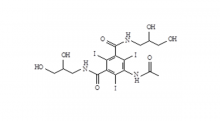 Iohexol Intermediate 5-Amino-N,N'-bis(2,3-dihydroxypropyl)-2,4,6-triiodo-1,3-benzenedicarboxamide
Iohexol Intermediate 5-Amino-N,N'-bis(2,3-dihydroxypropyl)-2,4,6-triiodo-1,3-benzenedicarboxamide
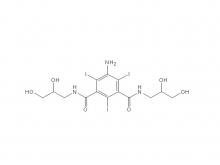 Iohexol/Ioversol Intermediate 5-Amino-N, N'-bis(2,3-dihydroxypropyl)-2,4,6-triiodo-1,3-benzenedicarboxamide
Iohexol/Ioversol Intermediate 5-Amino-N, N'-bis(2,3-dihydroxypropyl)-2,4,6-triiodo-1,3-benzenedicarboxamide
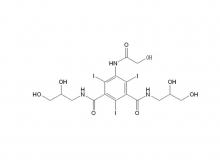 Ioversol Intermediate (order based) N, N'-Bis(2,3-dihydroxypropyl)-5-(glycoloylamino)-2,4,6-triiodoisophthalamide
Ioversol Intermediate (order based) N, N'-Bis(2,3-dihydroxypropyl)-5-(glycoloylamino)-2,4,6-triiodoisophthalamide
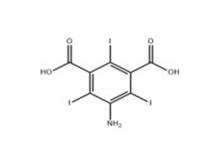 Iopamidol Intermediate (order based) 5-Amino-2,4,6-triiodoisophthalic acid
Iopamidol Intermediate (order based) 5-Amino-2,4,6-triiodoisophthalic acid
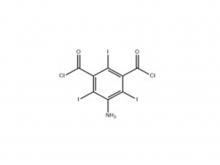 Iopamidol Intermediate (order based) 5-Amino-2,4,6- triiodisophthaloyl acid dichloride
Iopamidol Intermediate (order based) 5-Amino-2,4,6- triiodisophthaloyl acid dichloride
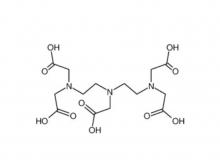 Diethylenetriaminepentaacetic acid (DTPA)
Diethylenetriaminepentaacetic acid (DTPA)

 EN
EN
 jp
jp  fr
fr  de
de  es
es  ru
ru  ar
ar 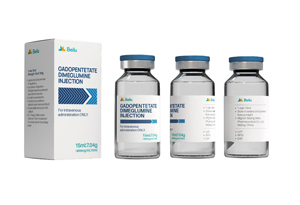
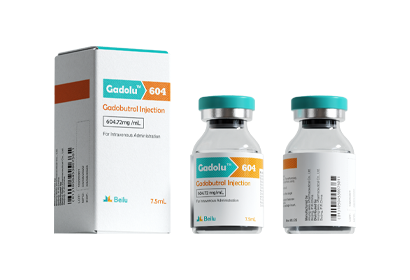
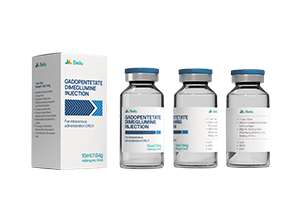
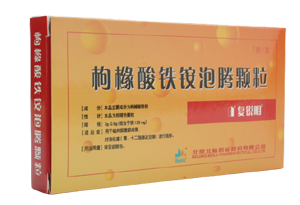
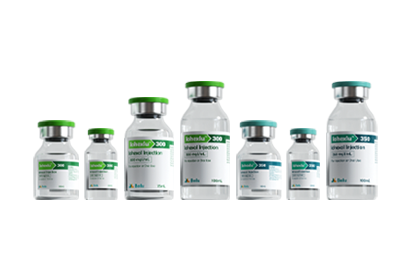
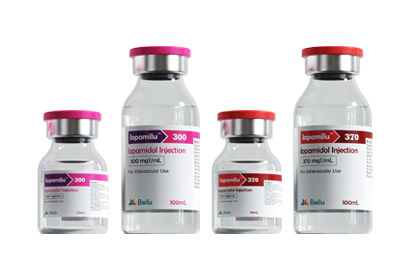
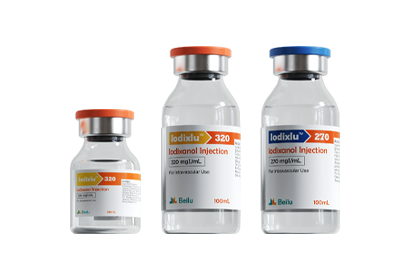



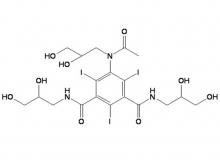
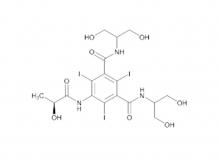
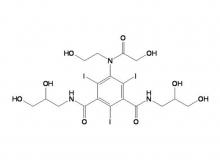
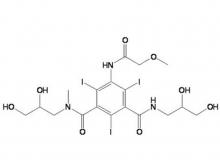
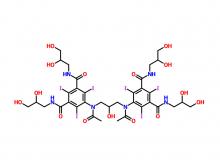
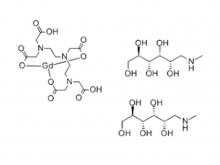
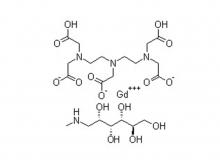
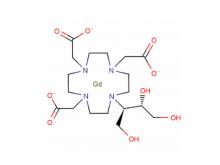
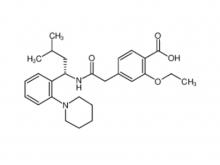
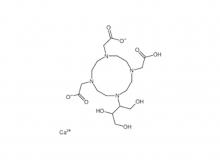
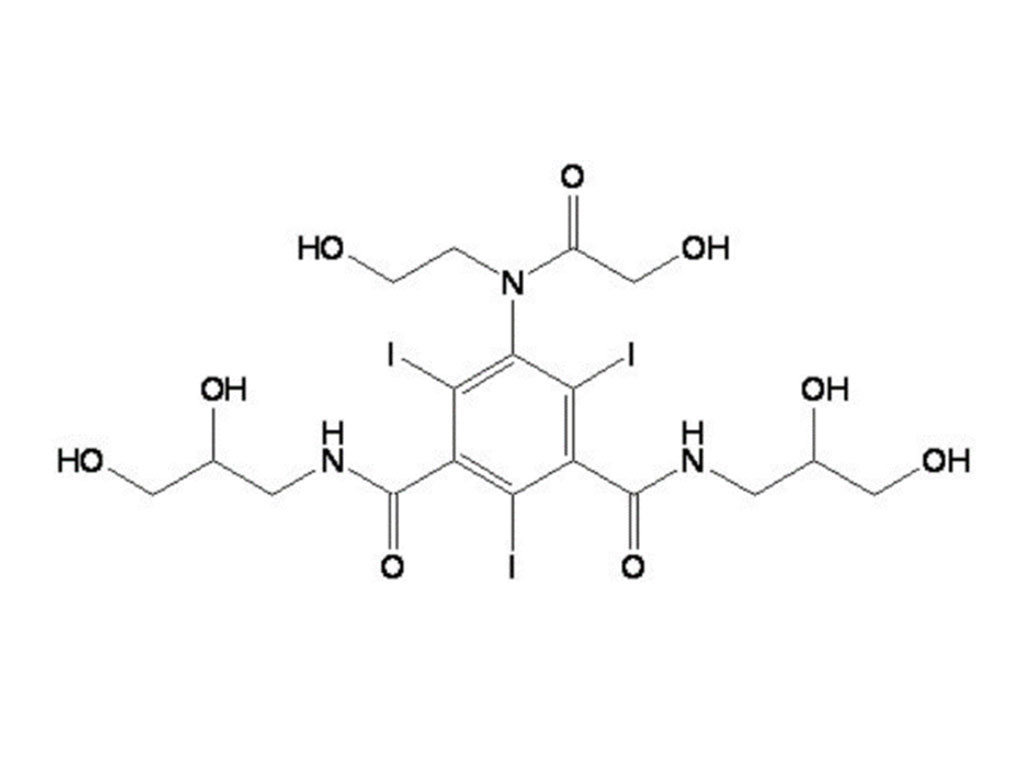
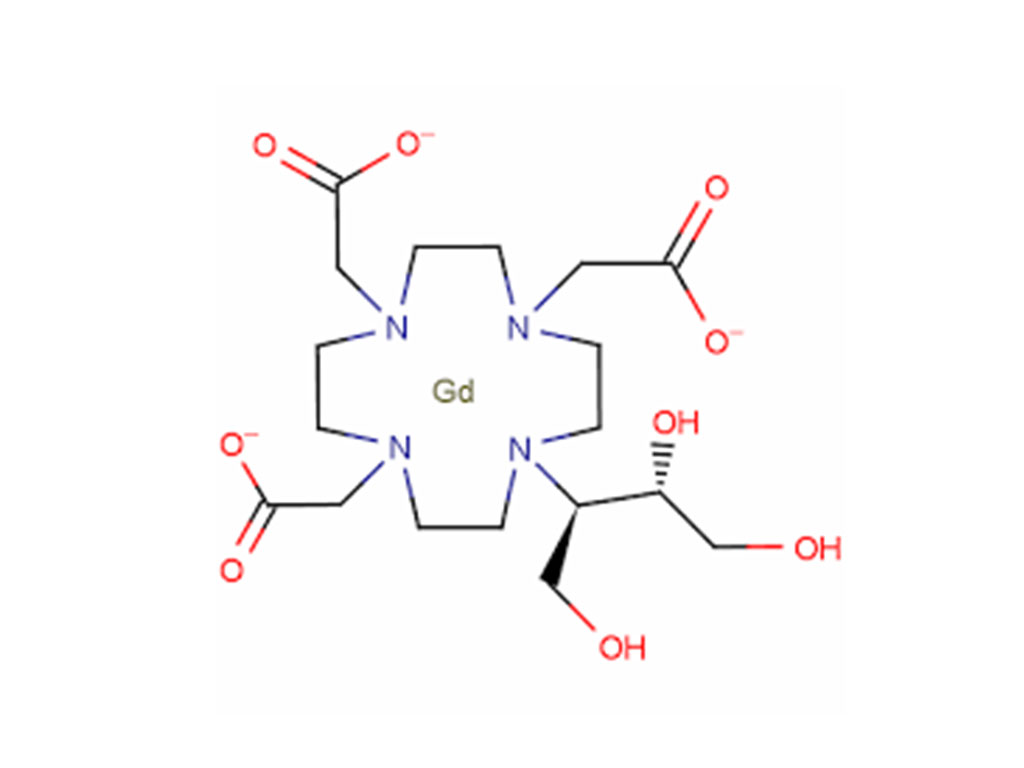






 Call us on:
Call us on:  Email Us:
Email Us:  No.3 Shuiyuan West Road, Miyun District, Beijing, China
No.3 Shuiyuan West Road, Miyun District, Beijing, China 